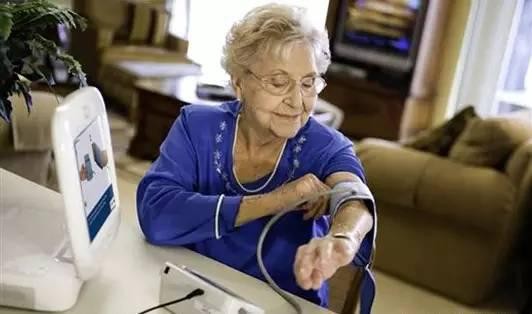As the popularity of the wearable device market declines, many people are beginning to think about the next practical direction of wearable devices, and smart healthcare is considered the main battleground for wearable devices. Breakthrough in homogenization: professionally carry the future of wearable devices; cautiously optimistic: find gaps in the traditional medical system; prevent chronic diseases: cut into excellent companies for wearable devices. As it involves cross-border innovation, the need for wearable devices to occupy a place in smart medical care requires a long-term layout process. Those who insist on professional-grade equipment research and development and continuous data accumulation will grow into excellent enterprises in the industry in the wave of smart medical care.
After two years of hot speculation, wearable devices gradually faded away from the original fashion and cool concept. Although the bubble in this field remains, many people have begun to think about the next practical direction of wearable devices. Smart medical care is considered to be the main battlefield for wearable devices, and research institute IHS predicts that wearable devices in the future medical health sector will account for more than 50% of wearable devices. For now, wearable devices are still on the verge of smart healthcare. As it involves cross-border innovation, the need for wearable devices to occupy a place in smart medical care requires a long-term layout process. Those who insist on professional-grade equipment research and development and continuous data accumulation will grow into excellent enterprises in the industry in the wave of smart medical care.

Breakthrough in homogenization: professional carrying the future of wearable devices
Throughout the various types of wearable medical devices available in the market, most of the products can provide several functions such as sports step, calorie consumption, calorie calculation, sleep monitoring and other technical thresholds, and many devices are The measurement of data such as number and heat is not accurate and does not bring substantial value to users. Quoting a user's Tucao: "Count step? Do you know how many steps you take every day? Does it make sense to have a dozen pedometers, and the display is more intuitive; sleep time? Get up early every morning. I don't have to look at it. I also know that I slept well last night, I didn't sleep well, and the data would not give me blood." It can be said that this homogenization has become a typical representative of wearable device foam. Although various concepts can attract some users to purchase in a short time, impulsive consumption cannot produce continuous purchasing power, and users who have already purchased will not continue. Wear for a long time.
Incorporating multiple so-called intelligent functions into one device is not as good as the user's needs, and only solves user problems with a few professional functions. Many practitioners in the field of wearable devices have realized this problem. The direction of product development has begun to take the technological elements and the thinking of IT engineers. From the user's consumption habits to the real cross-border, the functions of users' needs will be professional-grade. In the homogenized bubble, specialization will be the core element for the future of wearable devices. Wearable devices for smart medical care are a typical sign of specialization. Recently, the well-known American technology media "Connected" magazine wrote that current wearable devices are increasingly used to record the number of steps, sleep, exercise, etc. of healthy people, while ignoring the true core user group and core functions. Demand, the real wearable device should benefit the elderly, chronic patients and other people. These core beneficiaries will form the user base of wearable devices in the smart healthcare arena.
Cautiously optimistic: finding gaps in the traditional medical system
Scientific and technological progress has formed an industrial revolution by reconstructing traditional production and management models. For wearable medical devices , the future application scenarios are fascinating, but the application of wearable devices to smart medical care is inseparable from the gradual reform of the medical system. In the background, we should maintain a cautiously optimistic attitude and look for a weak gap that can be cut in the reform of the medical system.
In 1994, the prelude of Chinese medical care began. After 20 years of gradual efforts, although there have been no small achievements, the ills of the medical field of “difficult to see a doctor and expensive to see a doctor†remain unresolved, and limited medical resources are concentrated and monopolized. The pattern is still not broken. The rise of smart medical care in recent years has played a huge role in the reform of supplementary medical care, but it still fails to break the monopoly of limited resources. We may wish to start with a simple public hospital outpatient treatment process:

Pet Massager,Cat Massage,Dog Massage,Pet Groomer Tools
Shenzhen Jie Zhong Lian Investment Co., Ltd. , https://www.szmeizonscares.com